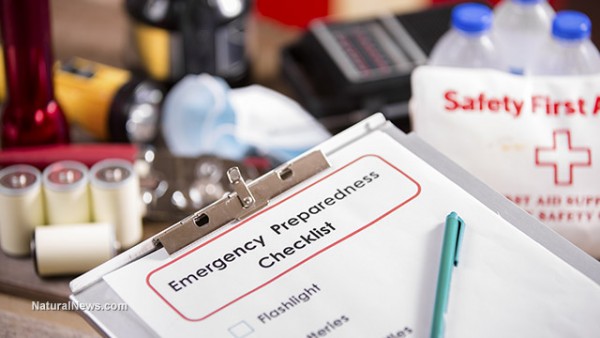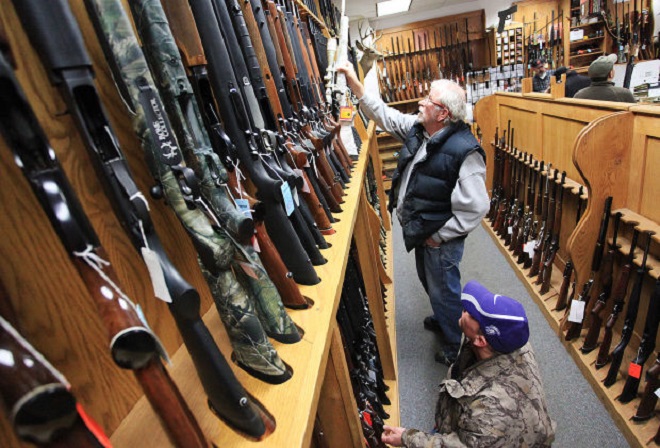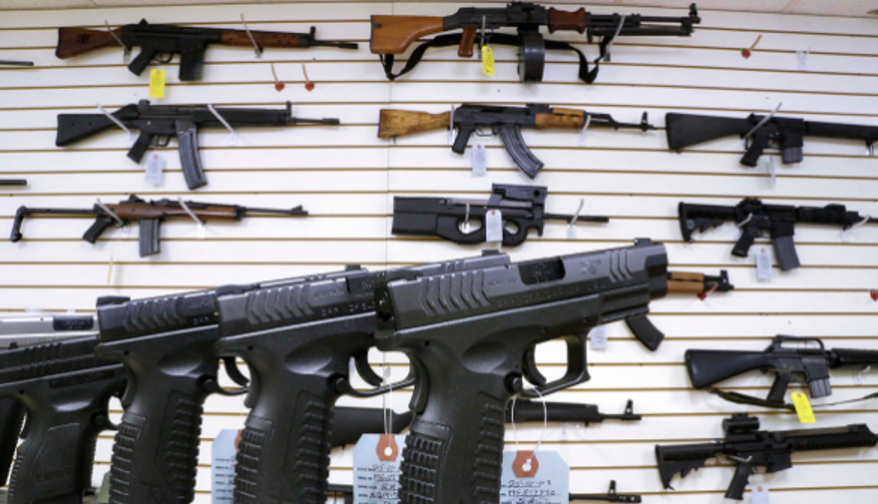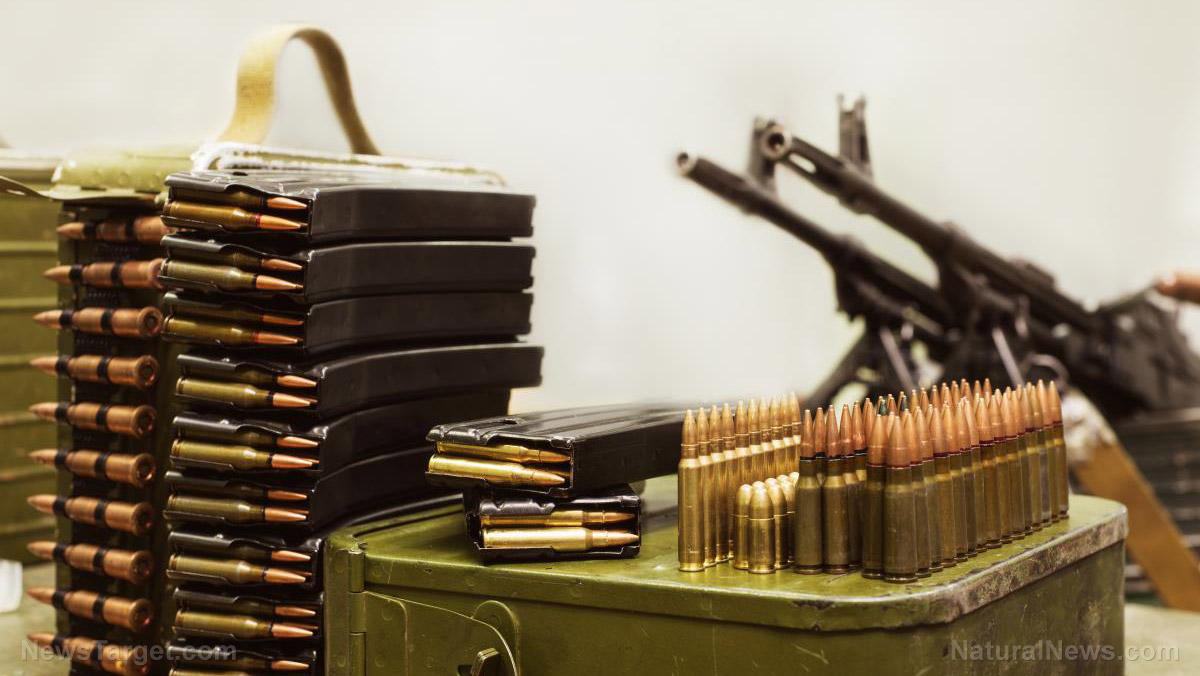
- Bottled water and water purification items: You need enough to last you a solid three days, so that's roughly three gallons of water per person. Ensure that your water is safe to drink by also adding water purification items like a purifying filter or water purification tablets. If you can't find either of these, then substitute with an eyedropper and a bottle of unscented liquid household bleach.
- Food: Opt for non-perishables that don't require too much cooking or water. Avoid pop-top cans since these can easily leak or break open. You should choose foods like protein or granola bars, trail mix, crackers, cereals, and canned goods such as canned tuna, beef, and/or Vienna sausages.
- Cookware: On top of the ever-essential can opener, you should stock up on other cooking utensils and kitchen accessories. These include disposable plates, bowls, flatware, and napkins or paper towels. Go for a small, multi-fuel stove too to make it easier to prepare food.
- First aid kit: In addition to the usual items found in a basic first aid kit (e.g. bandages and medical tape), be sure to pack any prescription medications and supplements.
- Toiletries and cleaning supplies: Toilet paper, travel-sized toothbrushes and toothpaste, shampoo, soap, and dental floss are must-haves; as are feminine supplies if they apply to you. For sanitation purposes, go for large, heavy-duty plastic bags and a plastic bucket.
- Clothing and bedding: When it comes to clothing, pack an extra change for each season, undergarments and footwear included. Similarly, make sure that your sleeping bags and blankets fit your location and climate. Plastic sheets and cloth sheets should be considered as well.
- Fuel and lighting: Just to be sure, make it a point to stock up on waterproof matches, a battery-powered lantern, and a good-quality flashlight. Replacement batteries for the lantern and flashlight are musts. If you're looking for a decent alternative to battery-powered flashlights, then a crank flashlight is a good one.
- Personal equipment: Of the multitude of personal tools out there, the basics that should be in your three-day survival kit are a utility knife, rope (100 feet of 550-pound paracord is best), a whistle, dust masks, a radio (choose one that's portable and battery powered), and duct tape. If you want to go the extra mile, then add in a multi-tool, an adjustable wrench, a staple gun, a roll of stovepipe or single-conductor electrical wire, and heavy-duty work gloves. (Related: Five must-have communications devices for any emergency)
- Personal documents and money: Legal documents (e.g. birth certificates, passports, and wills) are important, as are your insurance policies and photocopies of your credit cards, if you have them. Photos of your family members, friends, and pets should be in your three-day survival kit too, just in case you become separated from them. For emergency cash, $200 in small denominations is ideal. For added protection, keep all of this in a waterproof container.
Don't forget to update your three-day survival kit every six months or so. Water and medication won't keep for too long, some batteries need to be charged, and your clothing may not fit you after some time. So, make it a point to update your kit for your own sake.
Another thing to keep in mind is a checklist of the basics. Your three-day survival kit should be tailored to meet your specific needs. For instance, if you're a parent, then you will definitely need to have baby items (e.g. baby formula, diapers, and pacifiers) as part of your kit. On the other hand, if you live with an elderly person, then their needs should be taken into consideration when planning the kit that could one day be crucial to your survival.
Go to Preparedness.news for even more tips and tricks on emergency preparedness and survival.
Sources include:
Please contact us for more information.























